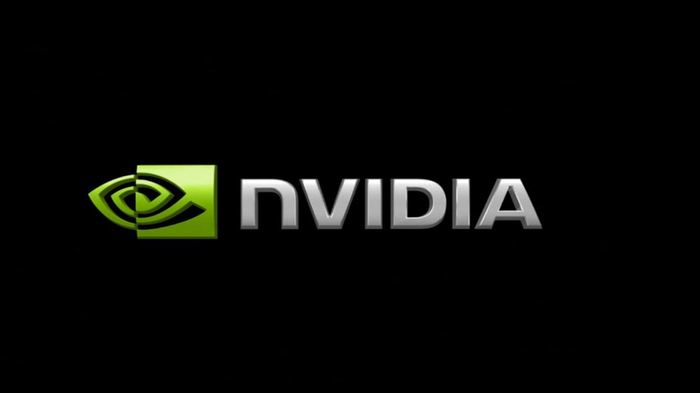

- DOWNLOAD NVIDIA GEFORCE NOW PC
- DOWNLOAD NVIDIA GEFORCE NOW LICENSE
- DOWNLOAD NVIDIA GEFORCE NOW FREE
- DOWNLOAD NVIDIA GEFORCE NOW MAC
I can play at my desk at work, on my Mac (only on Wi-Fi because game ports are typically blocked on our work network) or on any random laptop I'm reviewing. GFN gets high marks for performance, and when it's working right, it's addictive. ("Unlimited" in the cell carrier sense of the word.) On the other hand, gamers who put in a lot of hours would probably be happier with an all-you-can eat plan, even if it has some sort of cap. If you can pay in 20-hour increments or have a digital wallet that's a lot more attractive for casual users than having to pay for a specific number of hours up front. And given some other constraints, you probably don't want GFN to be your sole game system, anyway.Ī lot also depends on how Nvidia structures the billing. GFN seems like it's supposed to complement these existing systems when you're away from your primary system, not replace them. Plus, hardcore gamers are the ones buying Nvidia's high-end GPUs.
DOWNLOAD NVIDIA GEFORCE NOW FREE
Beta testers are also annoyed because the beta has been free and many of them won't be able to afford the service for the number of hours they play if it goes live at the proposed price. It also sounds expensive when you compare it to other streaming services, like Netflix, whose 4K streaming plan costs half that, including content.īut I don't think Nvidia really wants people to use this as their main gaming system if they're going to be playing lots of hours - that would require a lot more resources to keep everyone happy. That does sound really expensive, especially when you compare it to the price of a console or an $800 gaming desktop. That works out to 325 hours a year, or 16.3 20-hour gameplay chunks at a total of $410 for the year, not including the game. There's understandably been pushback in the forums on the 25-for-20 figure from beta testers, which seem to consist of people who game a lot or want to but can't afford the hardware.įor instance, SteamSpy estimates (really roughly) that on average, people play PlayerUnknown's Battlegrounds (PUBG) for about 12.5 hours every two weeks. But the announced pricing and policies will likely only appeal to intermittent gamers or Mac owners who have few alternatives for playing Windows-based games. Here's the rub: The game selection and interface feels like it's designed to appeal to hardcore gamers, not intermittent ones. When it was announced at CES 2017, Nvidia said the pricing would be $25 for 20 hours of play (equivalent to about £18 and AU$32) - Nvidia declined to tell me if that's changed, what it expects the pricing structure to be or when it will be out of beta. A lot of unknowns swirl around the service, especially price and availability. There's usually a wait: My personal beta request took about three weeks to come through.īut it won't be free after launch. It's currently in free beta, and Nvidia's doling out beta accounts slowly. And you'll need a consistent 25Mbps or better internet connection, a 5GHz or wired connection to your router, and a computer that can handle the decoding on your end.


There are some free-to-play options as well, but they're not trials, they're just games you can usually play for free, like DOTA 2. GFN basically acts as a rendering and streaming engine. When you click Play in GFN, it takes you to the external service in Steam, for example, it takes you to the game in your library where you hit "play" again. Cloud syncs are handled by the respective services, which also handle account management.
DOWNLOAD NVIDIA GEFORCE NOW LICENSE
To use it, you need a GeForce now account as well as a Steam, UPlay or account, the latter to run Ubisoft and Blizzard games, and you have to own or license the game via one of those three.

Unlike some services it's often compared to, like PlayStation Now, with GFN the cost of playing doesn't include the games.
DOWNLOAD NVIDIA GEFORCE NOW PC
Cloud gaming runs hot and cold, and now it's hot again, thanks in part to Nvidia extending its GeForce Now (GFN) service from its Shield streamer to Mac and PC clients.


 0 kommentar(er)
0 kommentar(er)
